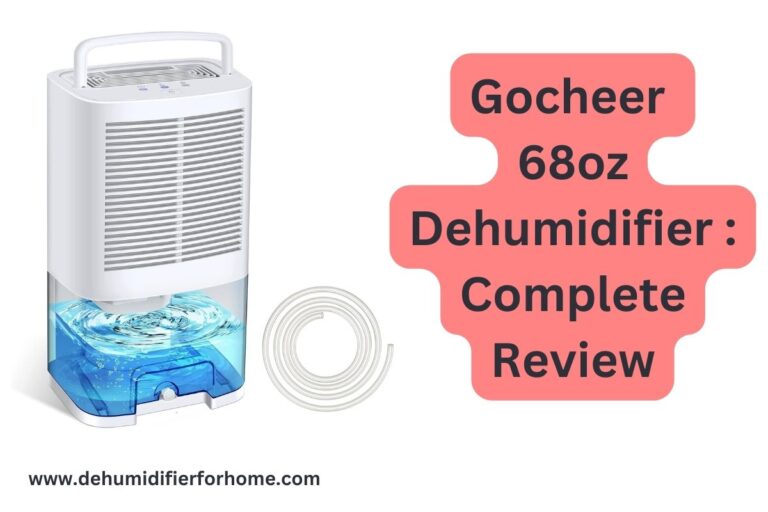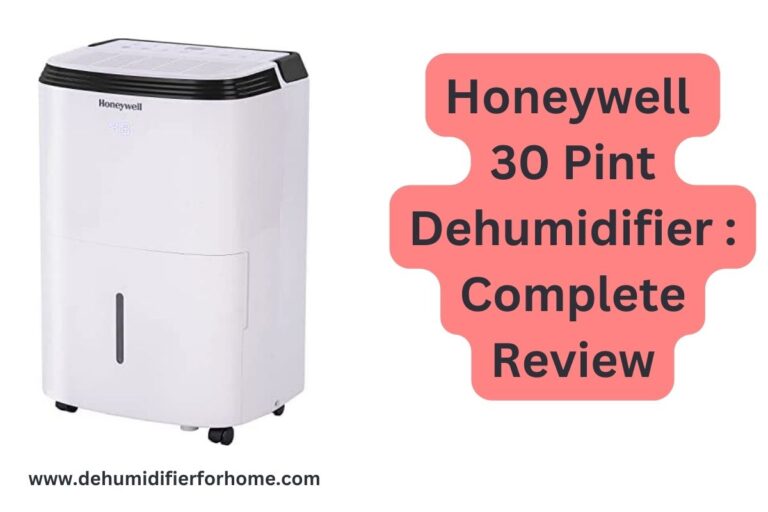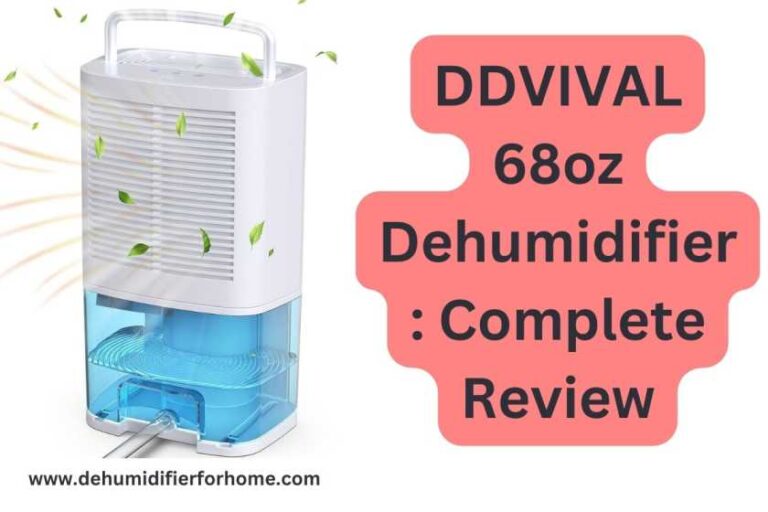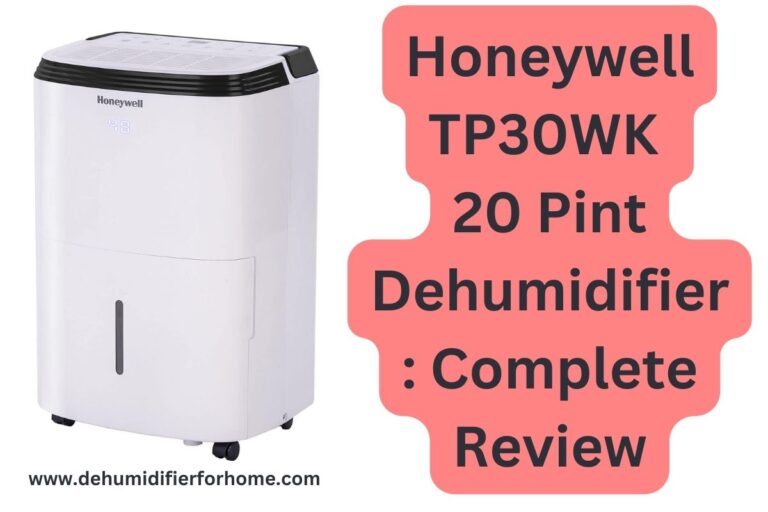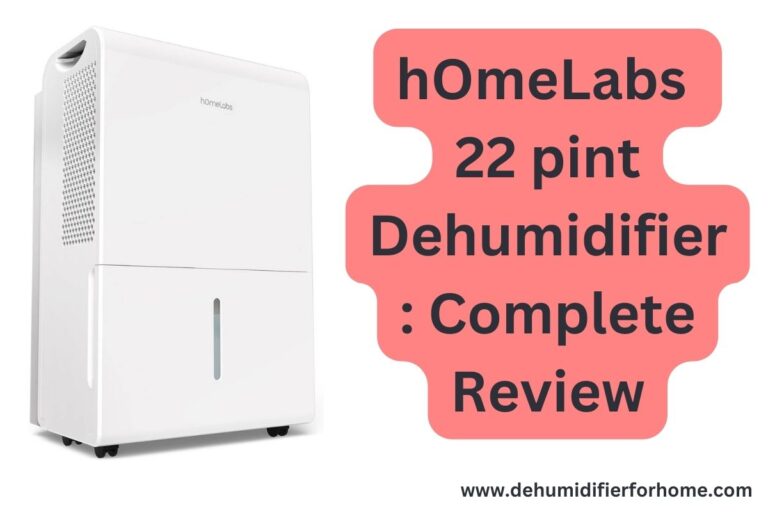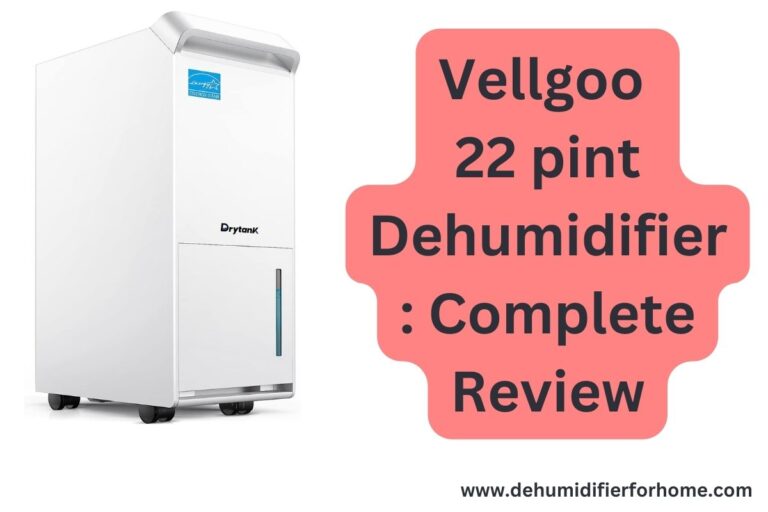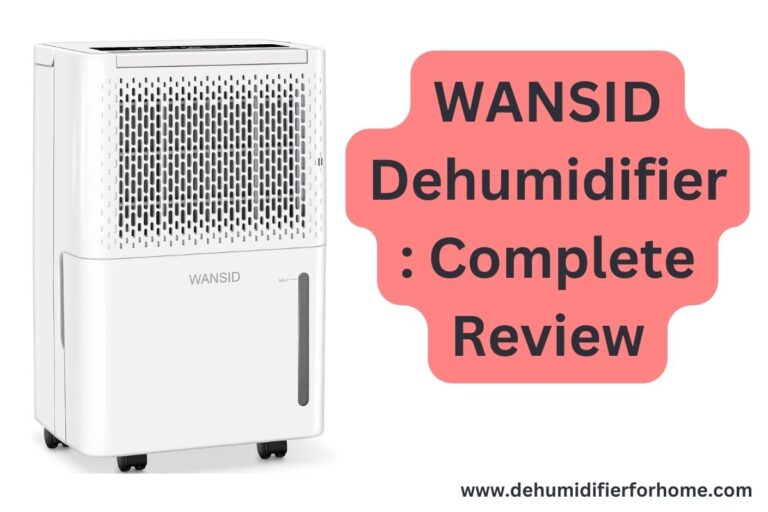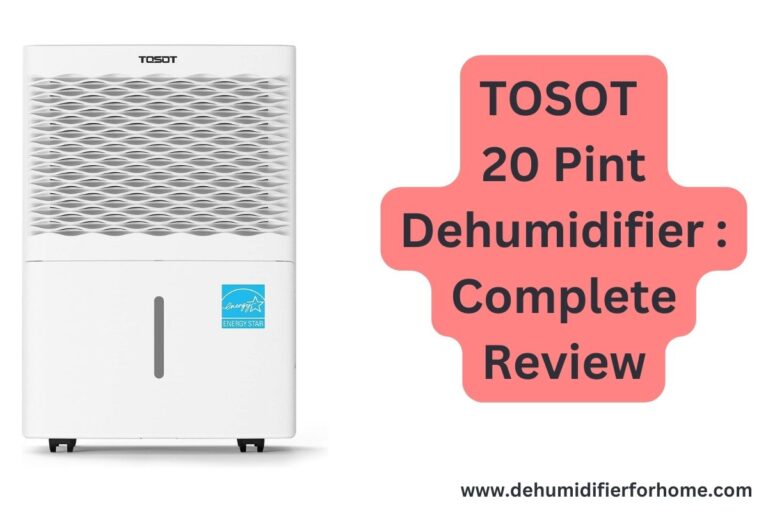TOSOT 50 Pint Dehumidifier : Complete Review 2023
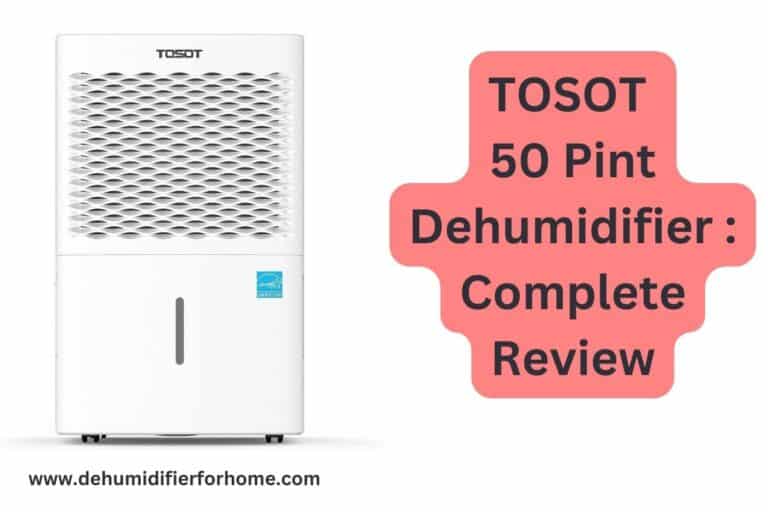
Hey there, fellow homeowners! Are you tired of battling the never-ending humidity in your living spaces? Does the thought of mold and mildew send shivers down your spine? Well, worry no more because I’ve got some exciting news that will…







